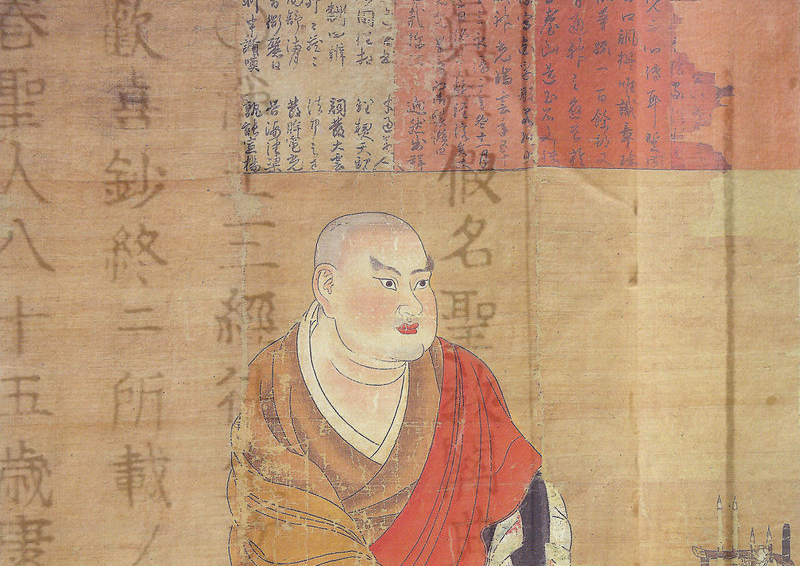The Glorisun Global Network for Buddhist Studies, with administrative support from FROGBEAR, proudly presents a lecture by George A. Keyworth, University of Saskatchewan (Canada), for the Glorisun Distinguished Lecture Series.
Speaker: Dr. George A. Keyworth, University of Saskatchewan
Date: Friday, April 14, 2023, 4:00-5:30 pm PDT
Location: UBC C.K. Choi Building, Room 120
Register in-person: https://ubcfrogbear-george-keyworth-guest-lecture.eventbrite.ca
Abstract: Almost all scholars of East Asian Buddhism refer to Buddhists’ books as either the “Three Baskets” (alt. three repositories; sanzang, sanzō 三藏; tripiṭaka) or the “canon” (da zangjing, daizōkyō 大藏經; meaning all the jing in the great library). But either term denotes a collection of thousands of individual books, whether in manuscript or printed form. Many premodern Japanese Buddhist temple librarians used another term, shōgyō 聖教 (shengjiao), which probably means the noble teachings (āryaśāsana) as translated by Xuanzang 玄奘 (J. Genjō, 602–664) and Kuiji 窺基 (J. Kiki, 632–682), a key member of his translation team. In this presentation I introduce the category of shōgyō and demonstrate how it was widely used by nearly all sectarian denominations through the 19th century. Next, I show how these sacred transmitted documents were kept apart from the “canon” or “three baskets,” precisely because these were the important books to be read, studied, and used on a daily basis. Then, I demonstrate where I think Japanese Buddhist librarians and scholars got the term shōgyō from and why Xuanzang and Kuiji, among others, including Chengguan 澄觀 (Chōkan, 738–839), also called their important or venerable books shengjiao (shōgyō).
About the speaker:
 George Keyworth is an Associate Professor of East Asian religions. His research interests include Chinese Buddhism, Japanese Buddhism, Daoism, Shintō, and East Asian religious literature. He is specifically interested in Zen Buddhism in Medieval China and Japan, Buddhist and Daoist Spells in China and Japan, and Esoteric Buddhism in China, Japan, and Tibet.
George Keyworth is an Associate Professor of East Asian religions. His research interests include Chinese Buddhism, Japanese Buddhism, Daoism, Shintō, and East Asian religious literature. He is specifically interested in Zen Buddhism in Medieval China and Japan, Buddhist and Daoist Spells in China and Japan, and Esoteric Buddhism in China, Japan, and Tibet.

